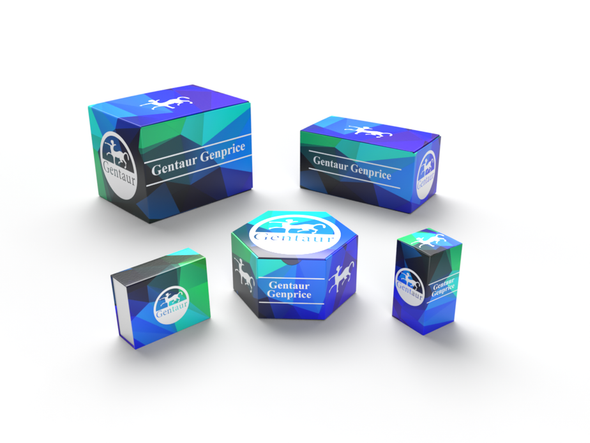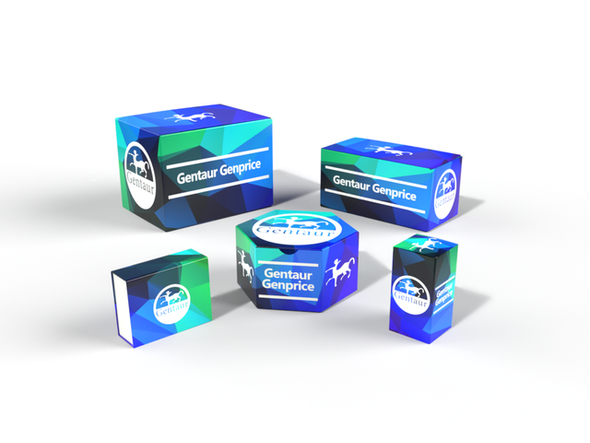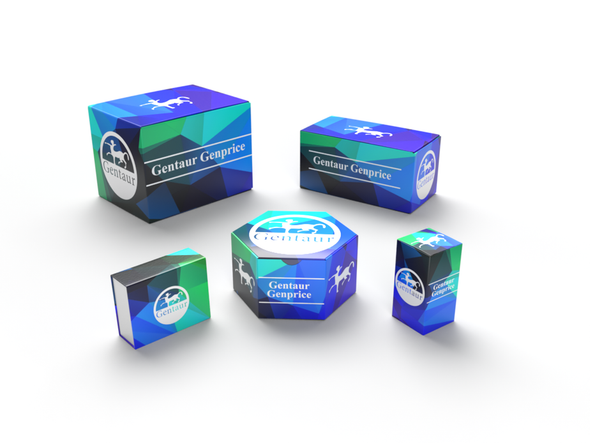740
Human Activin Receptor-Like Kinase 1 (ALK1) ELISA Kit | AE23729HU
- SKU:
- 740-AE23729HU
- Availability:
- Usually ships in 5 working days
Description
Human Activin Receptor-Like Kinase 1 (ALK1) ELISA Kit | AE23729HU | Gentaur UK, US & Europe Distribution
Species Reactivity: Human (Homo sapiens)
Abbreviation: ACVRL1
Alternative Name: ACVRLK1; ALK-1; ALK1; HHT; HHT2; ORW2; SKR3; TSR-I; TGF-B superfamily receptor type I|activin A receptor; type II-like kinase 1|serine/threonine-protein kinase receptor R3
Application: ELISA
Range: 0.156-10 ng/mL
Sensitivity: 0.056 ng/mL
Intra-Assay: ≤5.2%
Inter-Assay: ≤7.4%
Recovery: 1, 02
Sample Type: Serum, Plasma, Other biological fluids
Detection Method: Sandwich
Analysis Method : Quantitive
Test Principale: This assay employs a two-site sandwich ELISA to quantitate ACVRL1 in samples. An antibody specific for ACVRL1 has been pre-coated onto a microplate. Standards and samples are pipetted into the wells and anyACVRL1 present is bound by the immobilized antibody. After removing any unbound substances, a biotin-conjugated antibody specific for ACVRL1 is added to the wells. After washing, Streptavidin conjugated Horseradish Peroxidase (HRP) is added to the wells. Following a wash to remove any unbound avidin-enzyme reagent, a substrate solution is added to the wells and color develops in proportion to the amount of ACVRL1 bound in the initial step. The color development is stopped and the intensity of the color is measured.
Product Overview: ACVRL1 encodes a type I cell-surface receptor for the TGF-beta superfamily of ligands. It shares with other type I receptors a high degree of similarity in serine-threonine kinase subdomains, a glycine- and serine-rich region (called the GS domain) preceding the kinase domain, and a short C-terminal tail. The encoded protein, sometimes termed ALK1, shares similar domain structures with other closely related ALK or activin receptor-like kinase proteins that form a subfamily of receptor serine/threonine kinases. Mutations in this gene are associated with hemorrhagic telangiectasia type 2, also known as Rendu-Osler-Weber syndrome 2.
Stability: The stability of ELISA kit is determined by the loss rate of activity. The loss rate of this kit is less than 5% within the expiration date under appropriate storage condition. The loss rate was determined by accelerated thermal degradation test. Keep the kit at 37°C for 4 and 7 days, and compare O.D.values of the kit kept at 37°C with that of at recommended temperature. (referring from China Biological Products Standard, which was calculated by the Arrhenius equation. For ELISA kit, 4 days storage at 37°C can be considered as 6 months at 2 - 8°C, which means 7 days at 37°C equaling 12 months at 2 - 8°C) .










